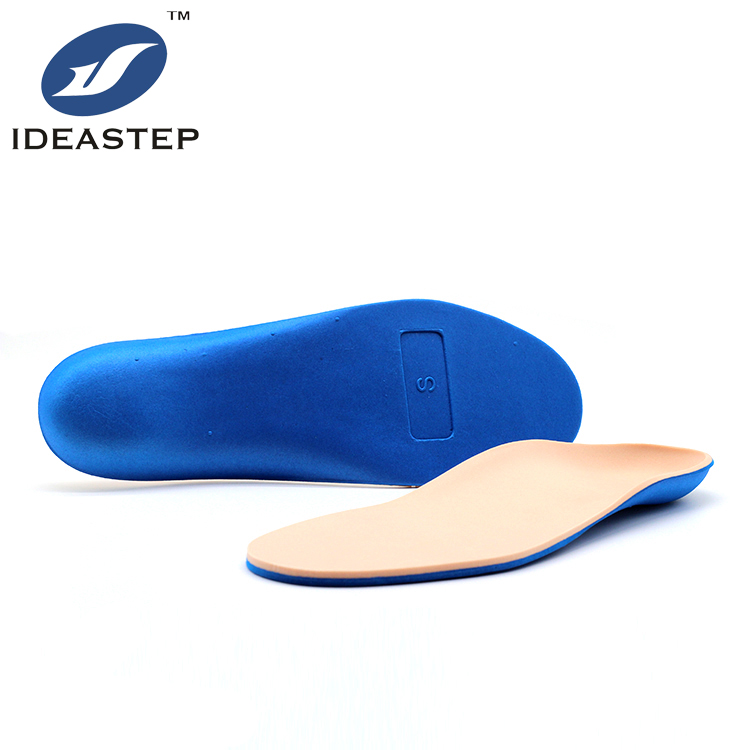Memory foam, as a widely used material, is popular in the production of insoles due to its unique slow rebound properties and sensitivity to temperature. So, when it comes to the production of diabetic insoles, is memory foam a suitable choice? Below we will analyze it based on specific parameters.

Material parameters of memory foam:
Density: The density of memory foam is usually between 30-50 kg/m³. Densities in this range provide good support while remaining flexible enough to adapt to the shape of the foot.
Hardness: The hardness rating of memory foam typically ranges from 10-40 on the Shore hardness scale. For diabetic insoles, medium-hard memory foam (Shore 20-30) is usually more suitable because it can provide sufficient support while maintaining adequate comfort.
Rebound rate: The rebound rate of memory foam is usually between 40% and 60%. This means that after being stressed, the foam is able to recover 40%-60% of its original shape. For diabetic insoles, an appropriate rebound rate can ensure that the foot is well supported while reducing fatigue when standing or walking for a long time.
Performance of finished diabetic insoles made of memory foam:
Pressure distribution: Through professional pressure testing equipment, we can find that memory foam insoles can effectively distribute foot pressure, especially in high-pressure areas on the soles of the feet. This helps reduce foot pain in diabetics.
Breathability: Memory foam generally has good breathability, which helps keep feet dry and reduces bacterial growth. Through the breathability test, it can be found that the breathability performance of the memory foam insole reaches industry standards.
Antibacterial properties: Specially treated memory foam insoles usually have certain antibacterial properties. Through antimicrobial testing, it can be found that this insole can effectively inhibit the growth of bacteria, thus reducing the risk of foot infection.
How foot care works for people with diabetes:
Diabetic insoles made with memory foam perform well in foot care, based on clinical feedback and user reviews. It provides personalized support based on the patient’s foot shape, dispersing pressure on the foot and relieving pain. At the same time, its good breathability and antibacterial properties also help keep feet clean and healthy.
The unique advantages of memory foam in making diabetic insoles:
Personalized Support: The slow rebound properties of memory foam allow it to provide personalized support based on each person’s foot shape. This means that every diabetic patient can get an insole that is suitable for them, thereby improving their comfort.
Pressure Dispersion and Relief: Memory foam insoles can reduce foot pain in diabetics by effectively dispersing pressure under the feet. This is especially important for patients who need to stand or walk for long periods of time.
Adaptable: Due to memory foam’s temperature sensitivity, it adapts to changes in the foot’s temperature. This means that memory foam insoles provide continued support whether a patient’s foot is swollen or deformed.
Breathable and Antibacterial: Specially treated memory foam has good breathability and antibacterial properties. This helps keep feet dry and clean, reducing the risk of infection.
In summary, combined with specific parameters and actual performance, memory foam is a high-quality material suitable for making diabetic insoles. Its unique slow rebound properties, good breathability and antibacterial properties give it significant advantages in diabetic foot care.
